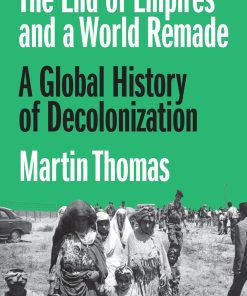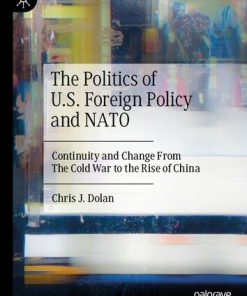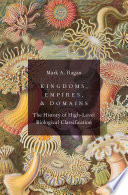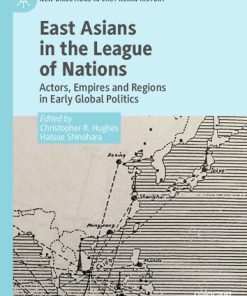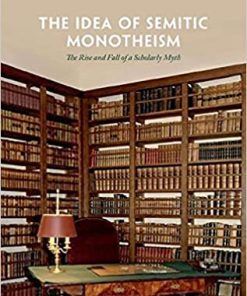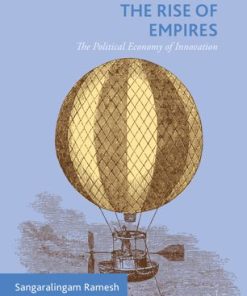Turkestan and the Rise of Eurasian Empires: A Study of Politics and Invented Traditions Ali Anooshahr
$50.00 Original price was: $50.00.$25.00Current price is: $25.00.
Turkestan and the Rise of Eurasian Empires: A Study of Politics and Invented Traditions – Ebook Instant Download/Delivery ISBN(s): 9780190693565,0190693568,9780190693589, 0190693584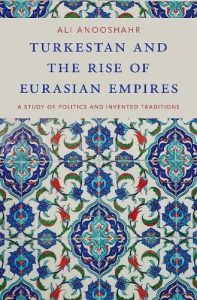
Product details:
- ISBN 10:0190693584
- ISBN 13: 9780190693589
- Author: Ali Anooshahr
It has long been known that the origins of the early modern dynasties of the Ottomans, Safavids, Mughals, Mongols, and Shibanids in the sixteenth century go back to “Turco-Mongol” or “Turcophone” war bands. However, too often has this connection been taken at face value, usually along the lines of ethno-linguistic continuity. Turkestan and the Rise of Eurasian Empires argues that the connection between a mythologized “Turkestani” or “Turco-Mongol” origin and these dynasties was not simply and objectively present as fact. Rather, much creative energy was unleashed by courtiers and leaders from Bosnia to Bihar (with Bukhara and Badakhshan along the way) in order to manipulate and invent the ancestry of the founders of these dynasties.Through constructed genealogies, nascent empires founded on disorganized military and political events were reduced to clear and stable categories. With proper family trees in place and their power legitimized, leaders became far removed from their true identities as bands of armed men and transformed into warrior kings. This created a longstanding pattern of false histories created by the intellectuals of the day. Essentially, one can even say that Turco-Mongol progenitors did not beget the Ottoman, Safavid, Mughal, Mongol, and Shibanid states. Quite the contrary, one can instead say that historians writing in these empires were the ancestors of the “Turco-Mongol” lineage of their founders. Using one or more specimens of Persian historiography, in a series of five case studies, each focusing on one of these early polities, Ali Anooshahr shows how “Turkestan”, “Central Asia”, or “Turco-Mongol” functioned as literary tropes in the political discourse of the time.
Table contents:
- The Origins of the Question of Origins
- The Early Ottomans in Idris Bitlisi’s Hasht Bihisht
- The Early Safavids
- Uzbeks and Kazakhs in Fazl Allah Khunji’s Mihmannamah-i Bukhara
- Mongols in the Tarikh-i Rashidi
- Timurid India
People also search:
turkestan federation
history of the turkish empire
how did eurasian empires grow over time
political structure of russian empire 1450 to 1750
is turkestan part of russia
You may also like…
History - World History
The End of Empires and a World Remade: A Global History of Decolonization 1st Edition Martin Thomas
Politics & Philosophy - International Relations
Biology and other natural sciences - Zoology
History - Asian History
History - World History
The Idea of Semitic Monotheism: The Rise and Fall of a Scholarly Myth 1st Edition Guy Stroumsa
History - Asian History
Fiction - Peoples & Cultures - Fiction
Politics & Philosophy - Government & Politics
The Rise of Empires: The Political Economy of Innovation 1st ed. Edition Sangaralingam Ramesh





